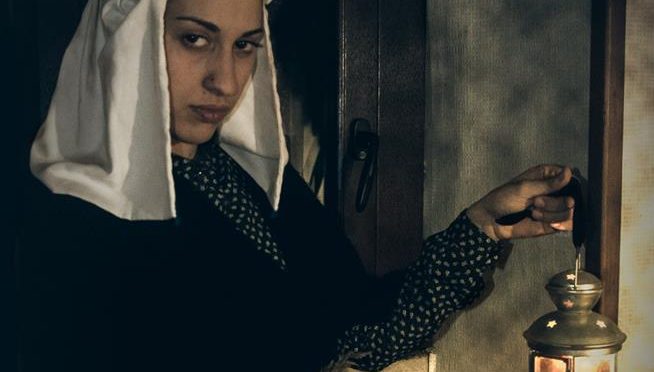Humans have always had a contentious relationship with nature. We’ve always sought to control the world around us. Today, science and technology allow us to manipulate the very atoms that literally make up everything. However, it wasn’t so long ago that people turned to other ways of trying to bend the cosmos to their will, to divine the future, to heal their friends, to punish their enemies. The Basques were no different and believed in a number of supernatural elements that co-existed with every day life.

- A key concept in the Basque magical view of the world is argi, or light. Light embodied the human soul and the soul would appear as light. Candle light could represent the soul, providing the dead with their own light. But, it could also be used to manipulate the living. Some thought they could avenge wrongs by lighting a candle and twisting the wax, twisting and burning the perpetrator, almost like a form of voodoo.
- Coins also played an important role in Basque magic. A magician might twist and fold a coin, or throw it in a fire or in the bushes near a church, hoping that to cause his or her enemy to suffer and die.
- There are many recipes to heal injuries. To cure heart disease, the magician would sacrifice a rooster and bury its heart; the rotting heart would heal the patient’s heart. To mend muscles, they would place a garment on the injured limb and sow a seam in it, hoping that it would transfer to the muscles and heal them.
- An important function of all magicians is to control the weather, whether for good or bad. To drive away a threatening hail storm that might destroy crops, a magician would “guide” the storm with uztaibedar (rumex crispus) or curly dock, using it to point to a new place for the storm to go. Sometimes they could guide it to the field of an enemy.
- A lot of magic works through transference. If a cow is sick with herpes, for example, the magician would touch the afflicted animal with fresh branches of holly and juniper. They would then let these dry out, drying out the herpes and curing the cow. Similarly, people in Iduskimendi would cure eczema by touching a handkerchief first to a special stalagmite, and then to their afflicted skin. They would then leave the handkerchief to rot away, taking the eczema with it.
- Names are also crucial in Basque magic. Names represent the things they name, and curses could be levied on people by invoking their name. A magician might curse someone — cast a birao, causing misfortune or disease, or, worse, having a devil take the enemy — by invoking their name with phrases such as etsaiak artuko al au, “may the devil take you.”
Primary source: Barandiaran Ayerbe, José Miguel de. Azti, Aztru, Aztua. Enciclopedia Auñamendi. Available at: http://aunamendi.eusko-ikaskuntza.eus/es/azti-aztru-aztua/ar-10771/
Discover more from Buber's Basque Page
Subscribe to get the latest posts sent to your email.



One thought on “Basque Fact of the Week: Aztikeria, Basque Magic”